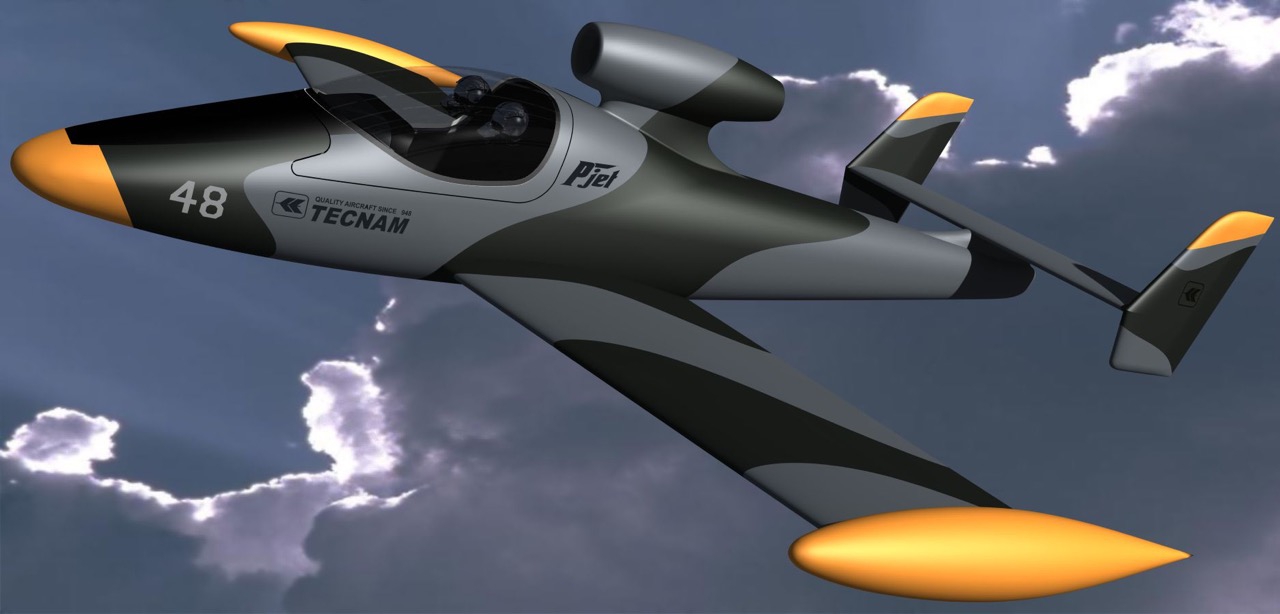
News
Introducing Tecnam’s new project: the sleek “P Jet”
Capua, Italy - Tecnam has announced that it is actively evaluating the potential of developing and producing a two-seater, single turbofan engine powered aircraft.
May 12, 2015 By Tecnam

As always Tecnam’s innovative developments are driven by customer demand. Extensive interest has been shown for the introduction of a two seat (side by side), turbofan engine powered aircraft, to be used by military Flight Training Organisations, but also to offer a significantly faster and more efficient aircraft for both the private and business aviation sectors.
The ‘P JET’ will undoubtedly be a game-changer not only in the world of General Aviation but also as a first level entry military training jet powered aircraft. Tecnam’s initial research suggests that manufacturing this visionary aircraft is both technically and economically achievable. The remarkable progress in the development and reliability of thermic and mechanical efficiency now available in high bypass, two-spool turbofan engines, along with major advances in materials ensures that production of the ‘P JET’ is a feasible proposition.
The anticipated ‘P JET’ aircraft configuration would see the engine ‘podded’ thus ensuring the maximum efficiency to achieve the full ram-air intake effect, as this would not interfere with the primary aircraft structure and would also enable easier access for maintenance inspections, complete engine disassembling and other servicing requirements as well as enhanced safety protection such as fire.
Other key design features will include a twin-tail vertical stabilizer: its shielding effect to the horizontal surface will increase (being equal the exposed surface) the control power and stability.
Tecnam anticipates that the ‘P JET’ cabin will be available both pressurized and non-pressurized, for use with an airframe integrated oxygen system.
Development will be based on achieving CS-23 and FAR 23 certification.